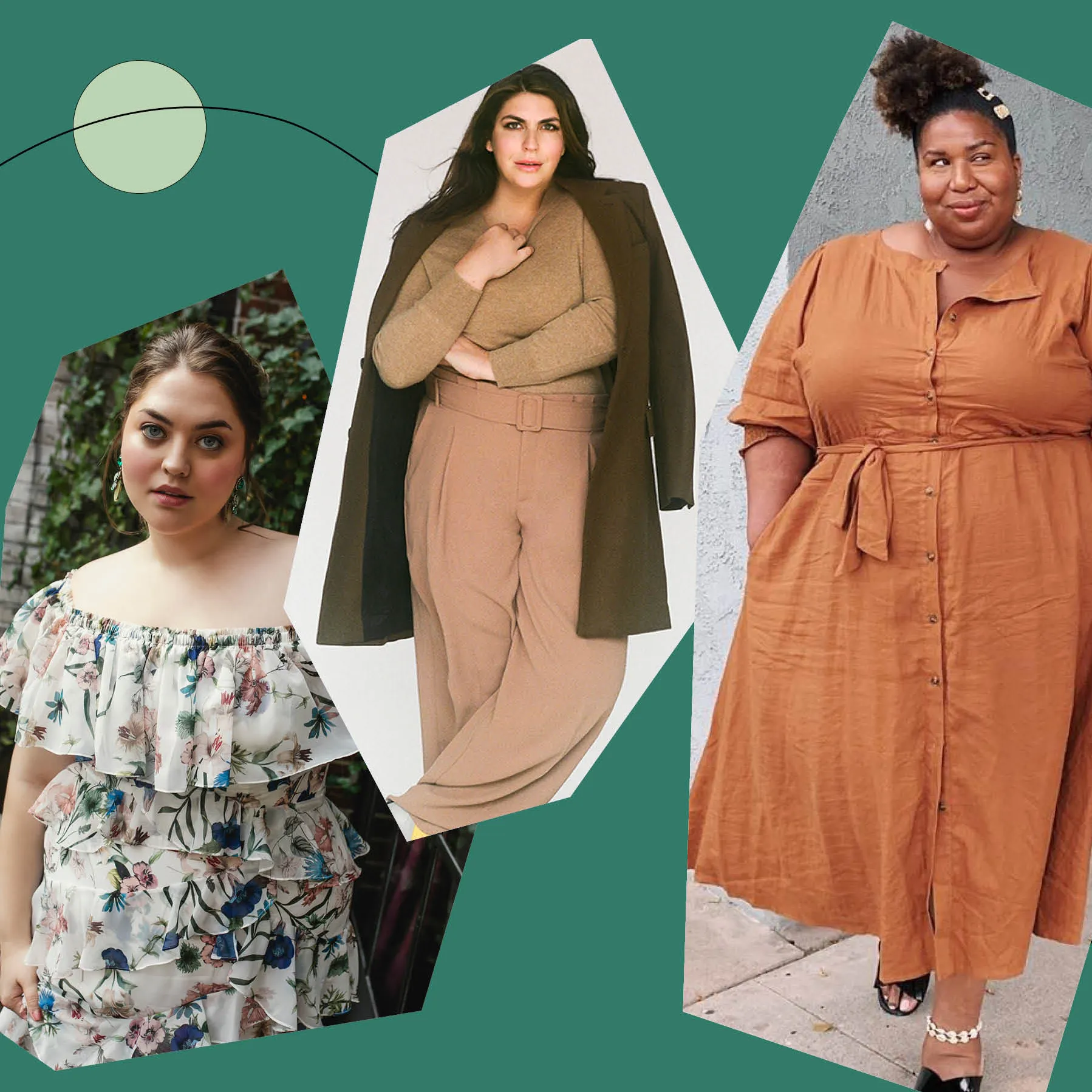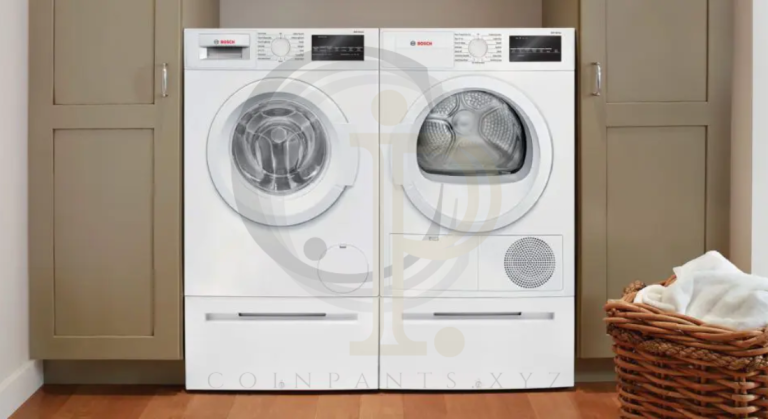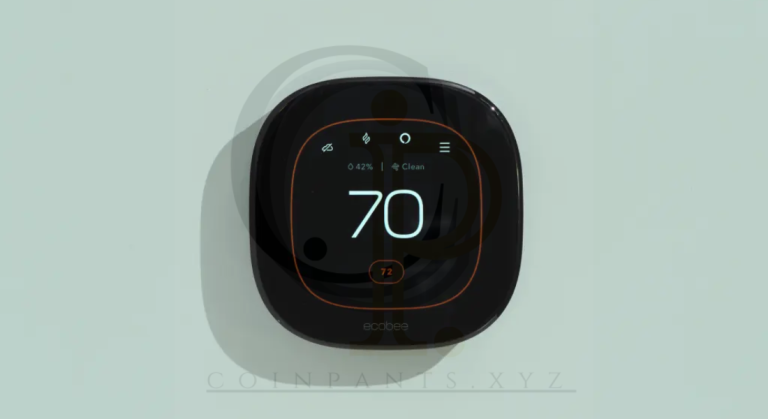
The Plight of Plus-Size Shoppers
Plus-size shopping has long been a source of frustration for many women, and their voices are finally being heard. Despite strides towards inclusivity, the fashion industry still falls short in catering to the diverse needs of plus-size consumers. From limited options to poor in-store placement, the challenges faced by plus-size shoppers are multifaceted and deeply ingrained.
Lack of Size-Inclusive Options
One common frustration among plus-size shoppers is the lack of size-inclusive options available to them. Many express disappointment in the limited range of clothing sizes offered by mainstream brands. Fast fashion pieces often lack durability, while more expensive basics come with hefty price tags. Plus-size women are tired of being offered ill-fitting garments or oversized designs that fail to flatter their bodies.

Quality Over Quantity
Moreover, plus-size consumers are demanding more than just token gestures of inclusivity. They want brands to invest in thoughtful designs and quality craftsmanship that cater to their specific body shapes and proportions. Simply adding extra fabric to straight-size designs is not enough; plus-size women deserve garments that are carefully tailored to fit and flatter their bodies.
Challenges Beyond Clothing
The frustrations extend beyond clothing to footwear, jewelry, and accessories. Finding wide-calf boots or stylish accessories in extended sizes remains a daunting task for many plus-size shoppers. The lack of options in these categories further underscores the industry’s failure to address the diverse needs of its consumers.
Inclusive Shopping Experiences
In addition to product offerings, the in-store shopping experience for plus-size women often leaves much to be desired. Department stores, in particular, have been criticized for segregating plus-size sections and offering limited visibility to plus-size brands. This lack of inclusivity not only diminishes the shopping experience but also perpetuates feelings of exclusion among plus-size consumers.

The Way Forward
While progress has been made in recent years, there is still much work to be done to improve the shopping experience for plus-size women. Brands must prioritize inclusivity in their product offerings, marketing strategies, and store layouts. By listening to the voices of plus-size consumers and investing in size-inclusive designs, the fashion industry can move towards a more equitable and empowering future for all body types.
Recognizing Progress and Ongoing Challenges
In recent years, strides have been made towards inclusivity in the fashion industry, particularly in catering to the needs of plus-size consumers. However, despite these advancements, significant challenges persist, hindering the shopping experiences of many plus-size individuals. It’s imperative to acknowledge both the progress made and the ongoing hurdles that need to be addressed to create a truly inclusive fashion landscape.
Continuing the Journey Towards Inclusivity
While some brands have taken steps to expand their size ranges and promote body positivity, there is still much work to be done. True inclusivity goes beyond merely offering extended sizes; it requires a fundamental shift in the way fashion brands approach design, marketing, and retail experiences. Brands must prioritize inclusivity as a core value, integrating it into every aspect of their operations.
Prioritizing Size-Inclusive Designs
One crucial aspect of fostering inclusivity is the development of size-inclusive designs that cater to the diverse body shapes and proportions of plus-size individuals. This entails more than simply scaling up straight-size designs; it involves thoughtful consideration of fit, fabric, and construction to ensure garments flatter and accommodate larger bodies. By investing in research and development focused on size diversity, brands can create clothing that celebrates the beauty of all body types.

Amplifying Plus-Size Voices
Central to the journey towards inclusivity is the amplification of plus-size voices within the fashion industry. Brands must actively listen to the feedback and experiences of plus-size consumers, incorporating their perspectives into decision-making processes. Collaborating with plus-size influencers, designers, and advocates can provide invaluable insights and drive meaningful change within the industry.
Transforming Store Environments
In addition to product offerings, the physical retail environment plays a significant role in shaping the shopping experience for plus-size individuals. Department stores and retailers must reimagine their store layouts to ensure that plus-size sections are prominently featured and seamlessly integrated with straight-size offerings. Creating inclusive and welcoming spaces where all shoppers feel represented and valued is essential for fostering a sense of belonging.
Cultivating a Culture of Empowerment
Ultimately, achieving true inclusivity in fashion requires a cultural shift that celebrates diversity and empowers individuals of all body types to embrace their unique beauty. By challenging outdated beauty standards and promoting body positivity, the fashion industry can foster a more inclusive and empowering environment for plus-size shoppers. Through collaborative efforts and a commitment to change, we can create a future where fashion truly is for all.
Conclusion
In conclusion, while progress has been made, the journey towards inclusivity in fashion is far from over. By prioritizing size-inclusive designs, amplifying plus-size voices, transforming store environments, and cultivating a culture of empowerment, the fashion industry can pave the way for a more equitable and inclusive future. Together, let’s continue to advocate for change and work towards a fashion landscape where every body is celebrated and embraced.



